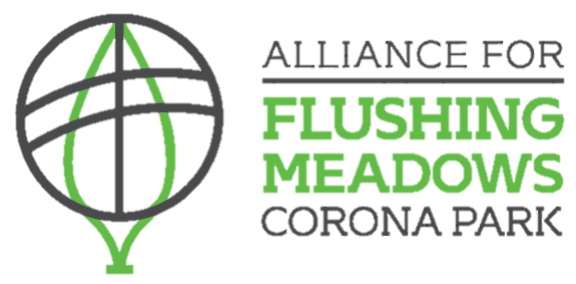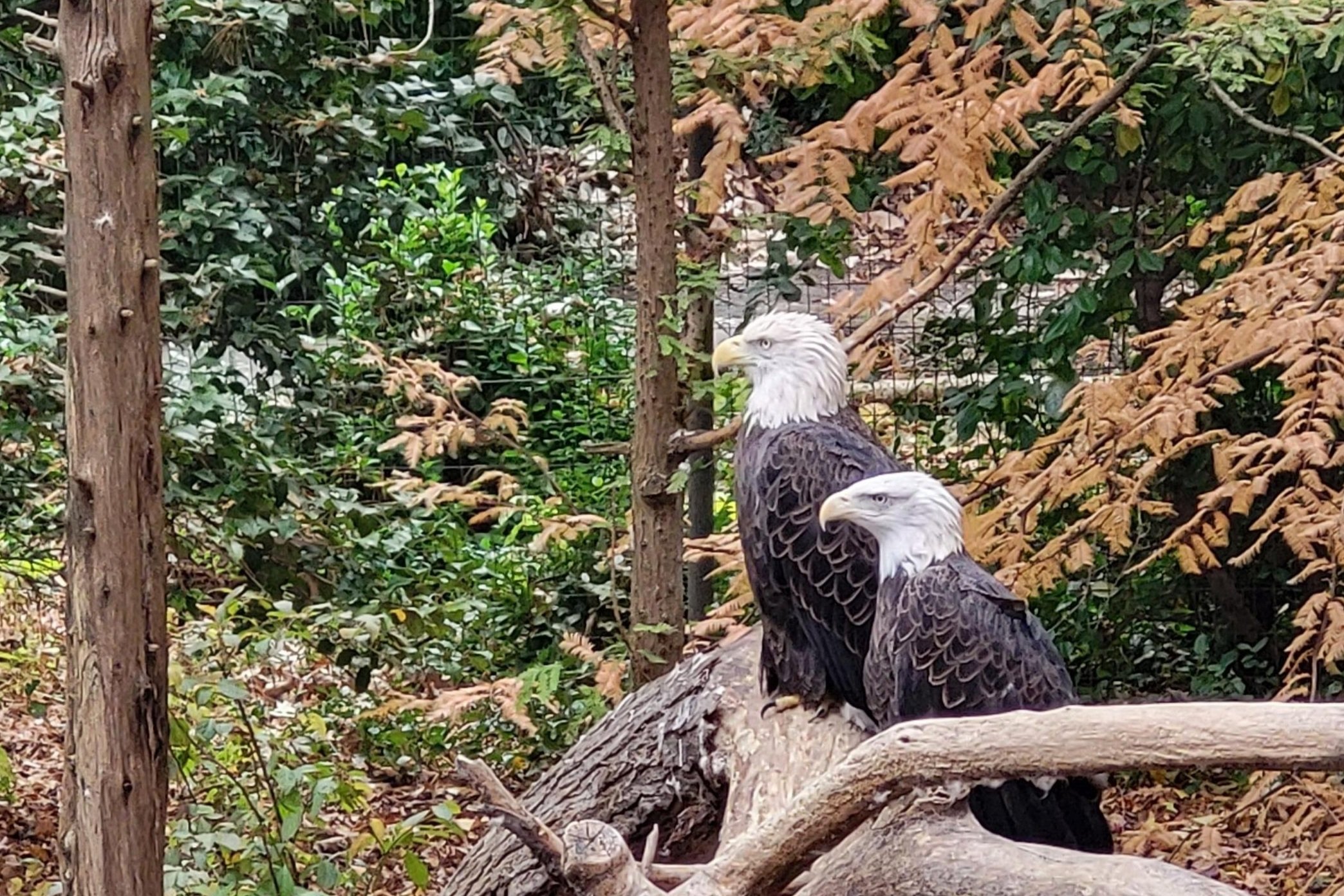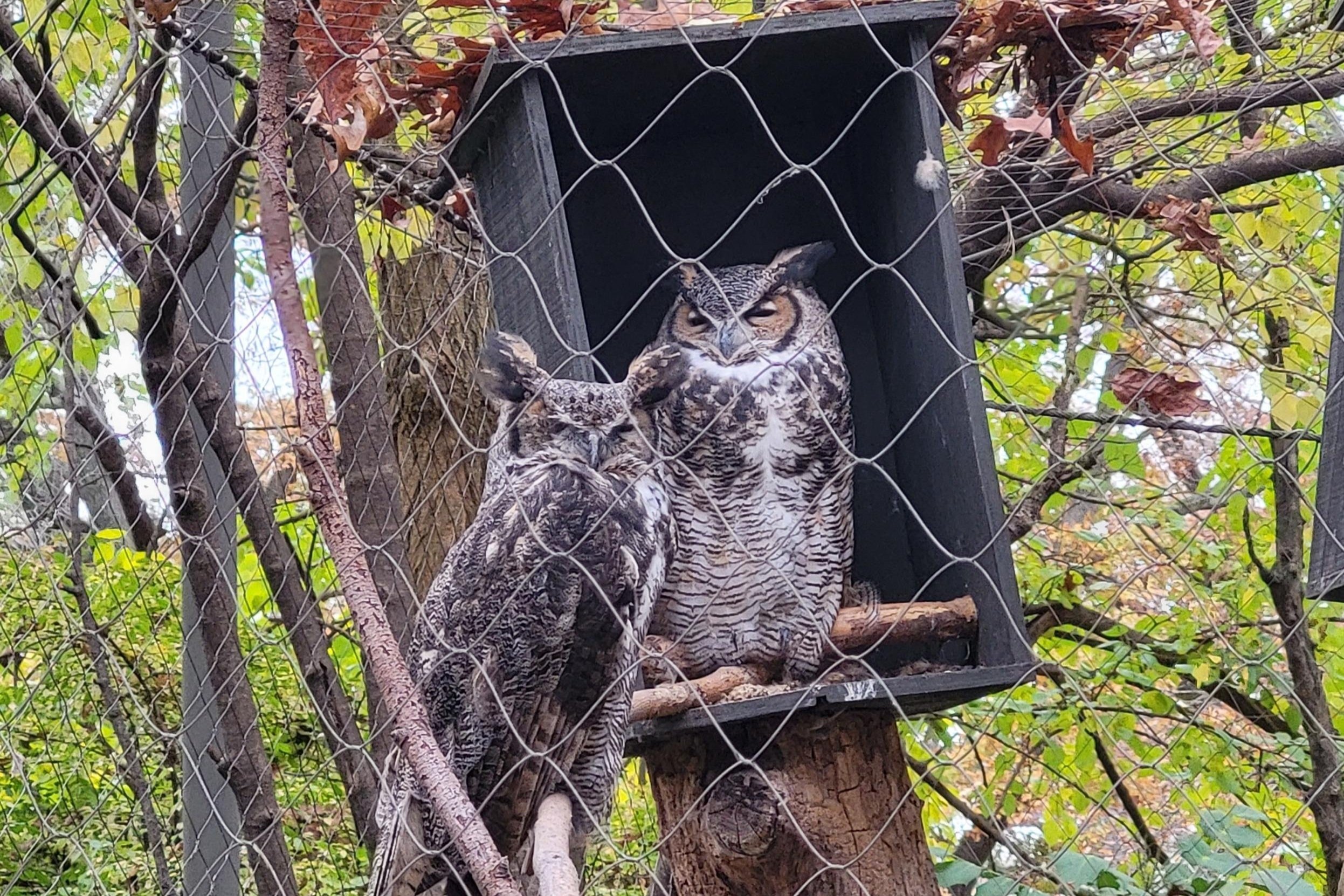January 21st is Squirrel Appreciation Day
/Squirrel on the court during US Open, Photo courtesy of Sports Illustrated
This blog post is written by Lee Hittner-Cunningham, the Alliance’s Natural Areas Stewardship Coordinator who is serving in partnership with Americorps.
Squirrels are a common sight in New York and across much of the country, in landscapes rural, urban, and suburban. We often forget to appreciate common things–we see them every day, and come to take them for granted. In the case of squirrels, some of us go beyond taking them for granted and simply dislike them. They dig up our gardens, chase beautiful birds off our bird feeders, and are often considered a pest. When I went home for the holidays, my father showed me the series of baffles he had set up around his bird feeders to discourage squirrels, and sighed about how they occasionally managed to outsmart this system and jump onto the feeders from nearby trees. While I could sympathize with his frustration, I also took a moment to look at our backyard, at the distance the squirrels must be leaping to overcome the baffles, and admire the physical ability and mental acuity of these animals. This Squirrel Appreciation Day, I invite you to join me in my admiration.
The long jumps–up to 10 times the length of their body–that the squirrels in my father’s backyard were making to get to his bird feeders is one of their impressive physical abilities. This, paired with the flexibility of their ankles, makes them adept at moving between trees. In watching squirrels overcome bird feeder baffles, we can see their dexterity in combination with their intelligence as they use creative approaches to overcome obstacles. This intelligence is also on display in the strategies squirrels use to protect their buried nuts. Squirrels have been observed pretending to bury nuts while keeping their food in their mouth to throw off other animals that might be watching them. Being clever and nimble has allowed these animals to survive and thrive in a variety of environments.
The presence of squirrels in cities is a fairly recent development, and one caused by human intervention. They were introduced to urban parks in the 1870s, and since then, their population has grown to make them the common city-dwellers they are today. This means that if you’re out and about in the city today–and especially if you’re in a park–you’re likely to see one of these scrappy New Yorkers. If you have a moment to spare, take a moment to watch them, considering the host of skills it takes for them to make it in the city.










